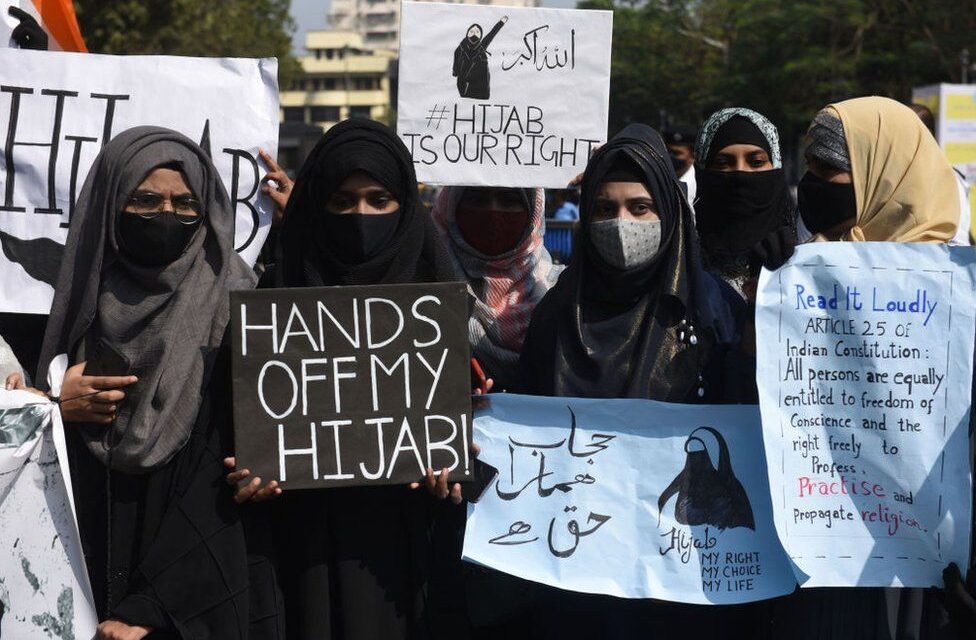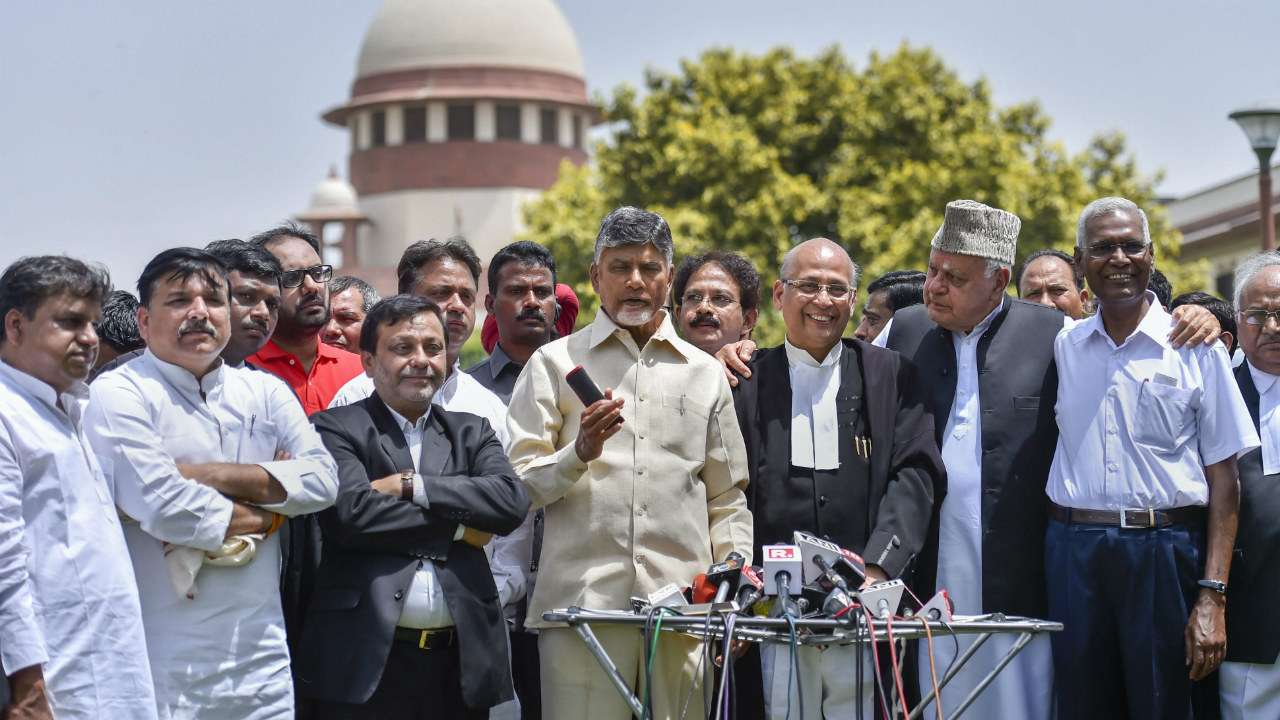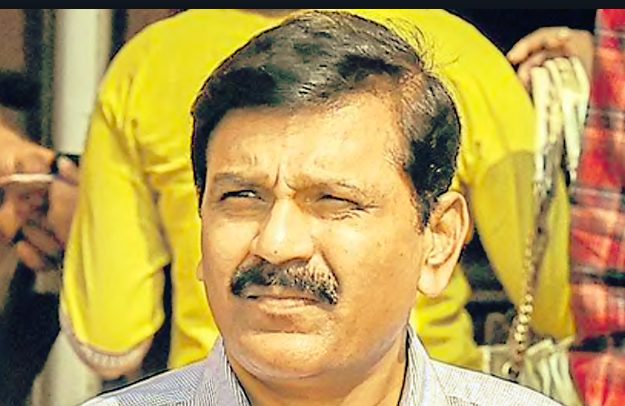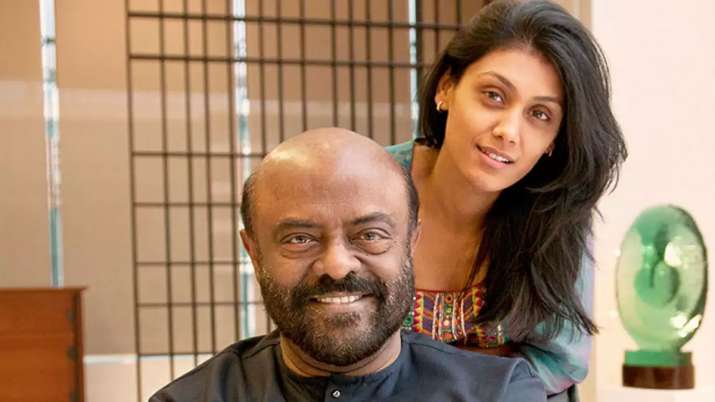Supreme Court bench comprising Justices Gupta and Sudhanshu Dhulia was hearing arguments on a batch of pleas challenging the Karnataka High Court verdict refusing to lift the ban on hijab in educational institutions of the state.
Kamat said the right to freedom of expression enshrined in the Constitution also included dress. “There can be a reasonable restriction, no doubt. I am not saying I won’t wear uniform. I am wearing uniform with the headscarf,” Kamat argued.
To which, Justice Gupta asked Kamat if right to dress also included right to undress.
On lawyer’s argument that students wore rudraksh and cross, Supremo Court Justice Hemant Gupta said they were “worn inside shirt, no one is removing shirt. Not displayed outside”
Justice Hemant Gupta of the Supreme Court on Wednesday told a lawyer arguing for the right to wear hijab in educational institutes that the right to freedom of expression, which includes dress, could not be taken to “illogical ends”.
“You can’t take it to illogical ends, right to dress will include right to undress?” Justice Gupta asked advocate Dev Datt Kamat, who then replied: “Nobody is undressing in a school.”
Part of his larger argument on allowing the hijab, Kamat pointed out that students donned the rudraksh and the cross to which Justice Gupta said,
“That is worn inside the shirt, no one is removing the shirt. It is not displayed outside.”
Kamat argued that the question was about reasonable accommodation, not about whether the item was visible or not.
“…And the government is resurrecting a provision proposed in the Constituent Assembly debates, which sought to prohibit the display of religion in public.” he said
Kamat’s main focus was to refer the matter to a constitution bench.
“My endeavour is to persuade your lordships to consider the matter is under mandate of 145. This case, in my understanding, involves primarily one question that whether the state has failed to grant an exception for protecting the fundamental right of a student under Articles 19 and 25. The question here is not the challenge to uniform,” he argued.
When the court asked Kamat what his argument was truly based on, the lawyer said the main question was whether a headscarf can be worn as part of the uniform.
Kamat cited case laws from House of Lords in United Kingdom, South Africa as well as those from the US Supreme Court on hijab and Canada court on kada for Sikhs.
He even cited rules for uniform at Kendriya Vidyalayas, which provide for reasonable restrictions.
In Kendra Vidyalayas, headscarf matching the colour of the uniform for girls was allowed and made for a reasonable accommodation for Muslim girls to wear headscarf in schools, Kamat added.
The lawyer also pointed to a woman advocate inside the court premises, who was wearing a hijab.
“Please see this, Milord. She is wearing a headscarf of the colour of the uniform. Is this violating the decorum of this courtroom?” he asked,
o which Justice Gupta exclaimed: “You have put up an exhibit on her!”
Kamat claimed that he had taken permission from her before the hearing.
But, when he cited a case law from South Africa, the court told him he had cited three cases regarding reasonable restrictions and rebuked him saying:
“Mr Kamat, forget about South Africa, come to India.”
Justice Gupta also responded by saying there was no comparison to United States and Canada as India was “very conservative.
When these courts (in US and Canada) pass judgment, it is dependent on their social and cultural context”.
Previously, in a key observation on September 5, the SC had said a person has a right to practise religion but the question is whether it can be taken to a school that has a prescribed uniform.
“You may have a religious right to practise whatever you want to practise. But can you practise and take that right to a school which has uniform as a part of dress you have to wear? That will be the question,” the SC bench had said.
On whether wearing hijab is an essential practice under Article 25 of the Constitution, the SC bench had said,
“The issue can be modulated little bit in a different way. It may be essential, it may not be essential. What we are saying is whether in a government institution you can insist on carrying your religious practice. Because the Preamble says ours is a secular country.”
The row over wearing hijab at educational institutions started when, in January, six female students at Government PU College in Udupi began a protest saying they were not allowed to enter classrooms wearing the hijab.
Their protests became a statewide issue with counter-demonstrations by Hindu students wearing saffron scarves. The issue spread to other states as well.
Several petitions were filed in the Karnataka HC, which dismissed them and ruled that the hijab was not an “essential religious practice” that can be protected under the Constitution, essentially reinforcing a ban on the religious clothing item in educational institutions









